The Hiccup Solution You’ve Been Waiting For, Straight From a Doctor!
Hiccups are pesky, involuntary diaphragm spasms that sneak up on us at the most inconvenient times. They are embarrassing and annoying, particularly during a meeting or a quiet moment. While most resolve on their own within a few minutes, some stubborn cases seem to linger for longer. But did you know there are scientifically backed methods shared by doctors to help you bid farewell to hiccups effectively?
Take Carefully Measured Breaths

Credit: Getty Images
Slow, intentional breathing signals the body to relax and help the diaphragm settle. Inhale through your nose for four seconds, hold for seven, then exhale through your mouth for eight. This pattern shifts the nervous system into a calmer state and stops the hiccup cycle. It’s like telling your body, “Hey, we’re done with this nonsense.”
Hold Your Breath

Credit: Getty Images
Freezing your breath mid-inhale forces the diaphragm to pause and reset. Breathe in deeply, hold it as long as you can, and let it out slowly. The buildup of carbon dioxide helps disrupt the reflex causing hiccups. It’s simple, requires zero equipment, and is one of the oldest tricks in the book for a reason.
Gulp Air

Credit: doucefleur’s Images
Take a deep breath, hold it, then swallow without exhaling first. It’s like drinking invisible water. This motion engages the throat muscles and forces a shift in the nerve signals firing off uncontrollably. Follow it with a slow exhale, and repeat if needed. It’s weird, but people swear by it for stubborn hiccups.
Sip Water While Plugging Your Ears

Credit: Canva
Your vagus nerve helps control hiccups, and this trick sneakily stimulates it. Stick your fingers in your ears, grab a glass of water, and take a few small sips. Swallowing while your ears are plugged forces a reset in nerve communication.
Eat A Spoonful of Sugar or Peanut Butter
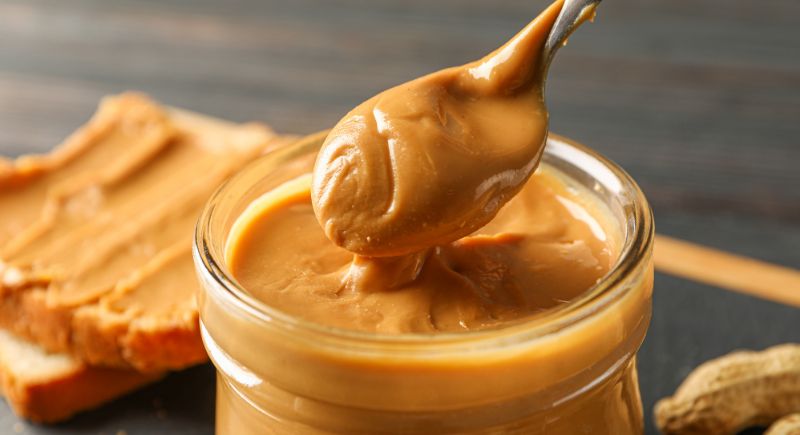
Credit: atlasstudio
Thick, sticky, and grainy textures force the throat muscles to work differently, which interrupts hiccups. Sugar’s grit or peanut butter’s resistance makes swallowing more deliberate and stops the spasming diaphragm. The change in sensory input throws off the hiccup reflex and breaks the cycle. Plus, it’s a good excuse to sneak in a sweet or savory treat.
Distract Yourself by Thinking About Cows

Credit: pixabay
Reflex loops cause hiccups, and disrupting them can make them disappear. Counting cows, imagining them jumping fences, or even wondering why this method exists shifts brain activity away from the spasm. The surprise of focusing on something ridiculous can override the nerve misfire. The more random the thought, the better the results.
Drink Water Through the “Hiccaway” Device

Credit: Instagram
This specially-designed straw increases suction resistance and forces your diaphragm to work harder. Sipping through it engages the phrenic and vagus nerves, which help regulate breathing and stop hiccups. Research shows it works better than many home remedies. If nothing else has helped, this odd but science-backed tool might be your best bet.
Perform the Valsalva Maneuver
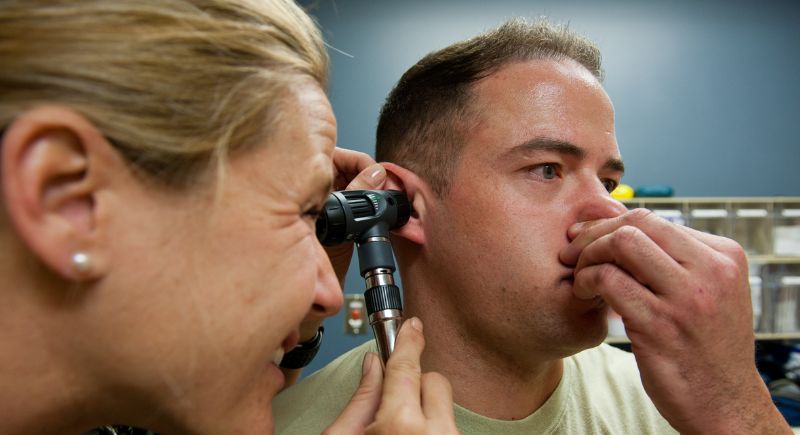
Credit: Wikimedia Commons
Trick your body into resetting its internal pressure system. Pinch your nose, close your mouth, and try to exhale forcefully without letting any air out. This increases pressure in your chest and affects the nerves that control breathing patterns. It’s the same technique used to pop ears on airplanes, but it works surprisingly well for hiccups too.
Breathe into a Paper Bag
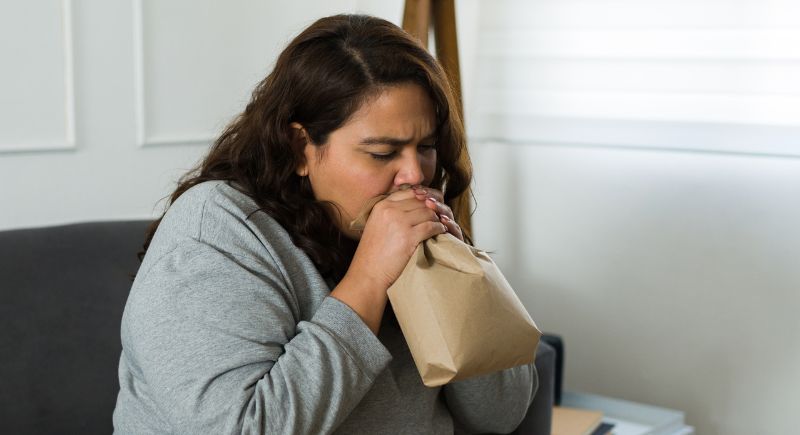
Credit: Getty Images
Breathing in and out of a paper bag increases carbon dioxide levels in your bloodstream. The higher CO₂ concentration signals the body to slow down involuntary spasms, including hiccups. Inhale and exhale steadily into the bag for about 30 seconds.
Gargle with Ice Water

Credit: Getty Images
Shocking the back of the throat with something icy interrupts the nerve signals that keep hiccups going. Take a sip of cold water, tilt your head back, and gargle for a few seconds. The vagus nerve responds to the cold and vibration, which helps your diaphragm settle down.
Pull On Your Tongue

Credit: Getty Images
Gently tugging on your tongue stretches muscles in your throat and stimulates the vagus nerve. Grab the tip of your tongue with a clean tissue, give it a slight pull forward, and hold for a few seconds. This sensory distraction can override the reflex keeping your hiccups going. Yes, it looks ridiculous—but that’s part of the charm.
Bite into a Lemon
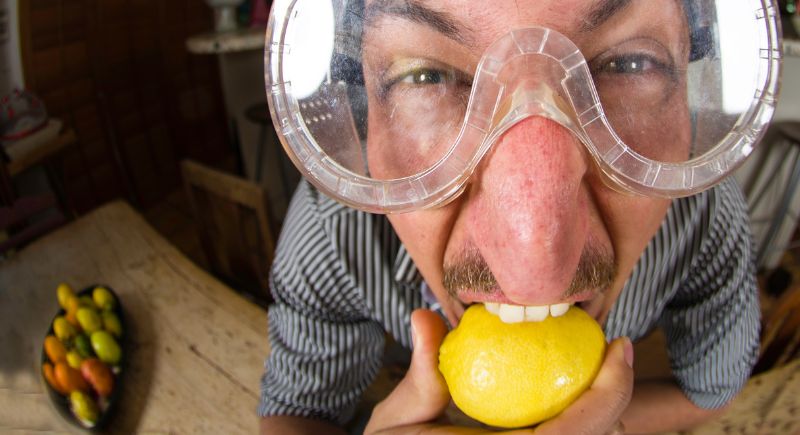
Credit: Getty Images
The sour shock of a lemon slice is enough to jolt the nervous system out of a hiccup cycle. Lemon’s intense flavor stimulates taste buds and nerves in a way that can override the diaphragm’s spasms. For extra effectiveness, soak the lemon in a little bit of bitters before biting. It’s a bartender’s old-school trick for hiccups.
Massage Your Carotid Artery
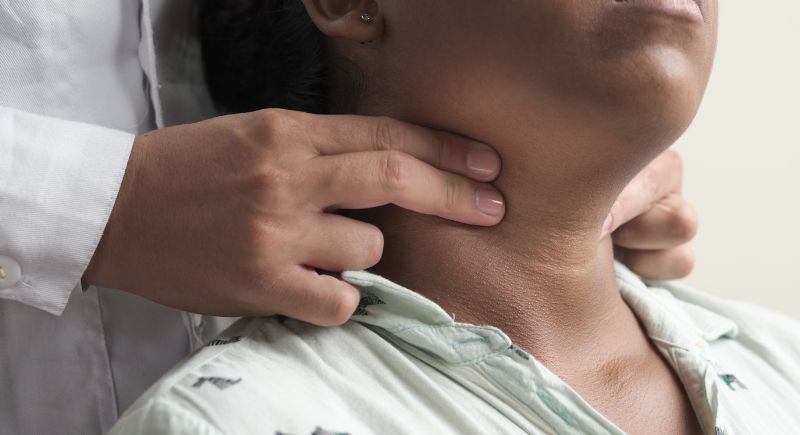
Credit: Getty Images
This technique requires precision. Lie down, turn your head to one side, and gently massage the carotid artery on your neck. This artery regulates blood pressure, and stimulating it can calm the vagus nerve. It’s a doctor-approved trick, but apply only light pressure—this artery is important for circulation.
Press On Your Diaphragm
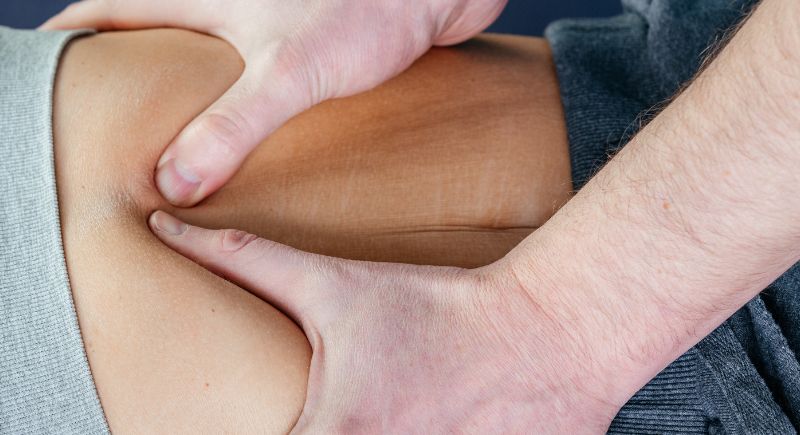
Credit: marinesea
Applying firm pressure to the spot just below your ribcage can help stop hiccups. Use your fingers to press into the upper abdomen, right where the diaphragm sits. The goal is to manually interrupt the muscle spasms and reset breathing patterns. It may take a few seconds, but this direct approach often works fast.
Apply Acupressure

Credit: Getty Images
Strategic pressure points on the body can influence hiccups. Press the area between your upper lip and nose, squeeze the soft area between your thumb and index finger, or press on the sternum. Each of these points connects to nerve pathways that control the diaphragm. Traditional Chinese medicine has used this approach for centuries to stop hiccups.